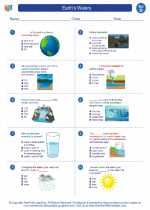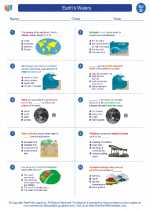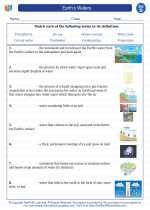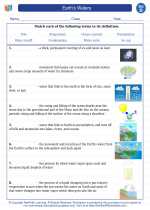Subatomic Particles
Subatomic particles are the particles that make up atoms. These particles include protons, neutrons, and electrons. They are the building blocks of matter and play a crucial role in the structure and behavior of atoms.
Protons
Protons are positively charged subatomic particles found in the nucleus of an atom. They have a relative mass of 1 and are crucial for determining the atomic number of an element.
Neutrons
Neutrons are neutral subatomic particles found in the nucleus of an atom. They have a relative mass of 1 and contribute to the stability of the nucleus through the strong nuclear force.
Electrons
Electrons are negatively charged subatomic particles found in the electron cloud surrounding the nucleus of an atom. They have a much smaller mass compared to protons and neutrons and are involved in chemical bonding and electricity.
Study Guide
1. What are the three main subatomic particles?
The three main subatomic particles are protons, neutrons, and electrons. Protons and neutrons are found in the nucleus, while electrons are found in the electron cloud surrounding the nucleus.
2. What is the charge of a proton?
A proton has a positive charge.
3. Where are neutrons located?
Neutrons are located in the nucleus of an atom.
4. What is the relative mass of an electron?
The relative mass of an electron is much smaller compared to protons and neutrons.
5. What is the role of electrons in an atom?
Electrons are involved in chemical bonding and electricity.
.◂Science Worksheets and Study Guides Fourth Grade. Earth's Waters

 Worksheet/Answer key
Worksheet/Answer key
 Worksheet/Answer key
Worksheet/Answer key
 Worksheet/Answer key
Worksheet/Answer key
 Vocabulary/Answer key
Vocabulary/Answer key
 Vocabulary/Answer key
Vocabulary/Answer key
